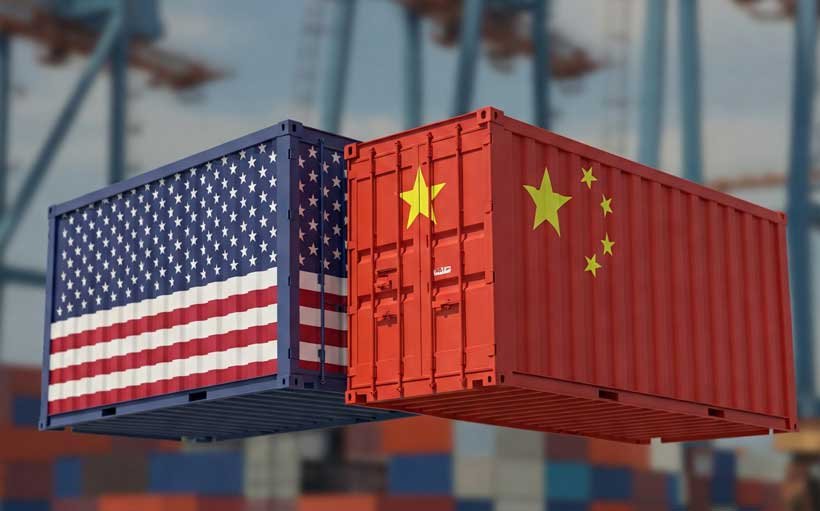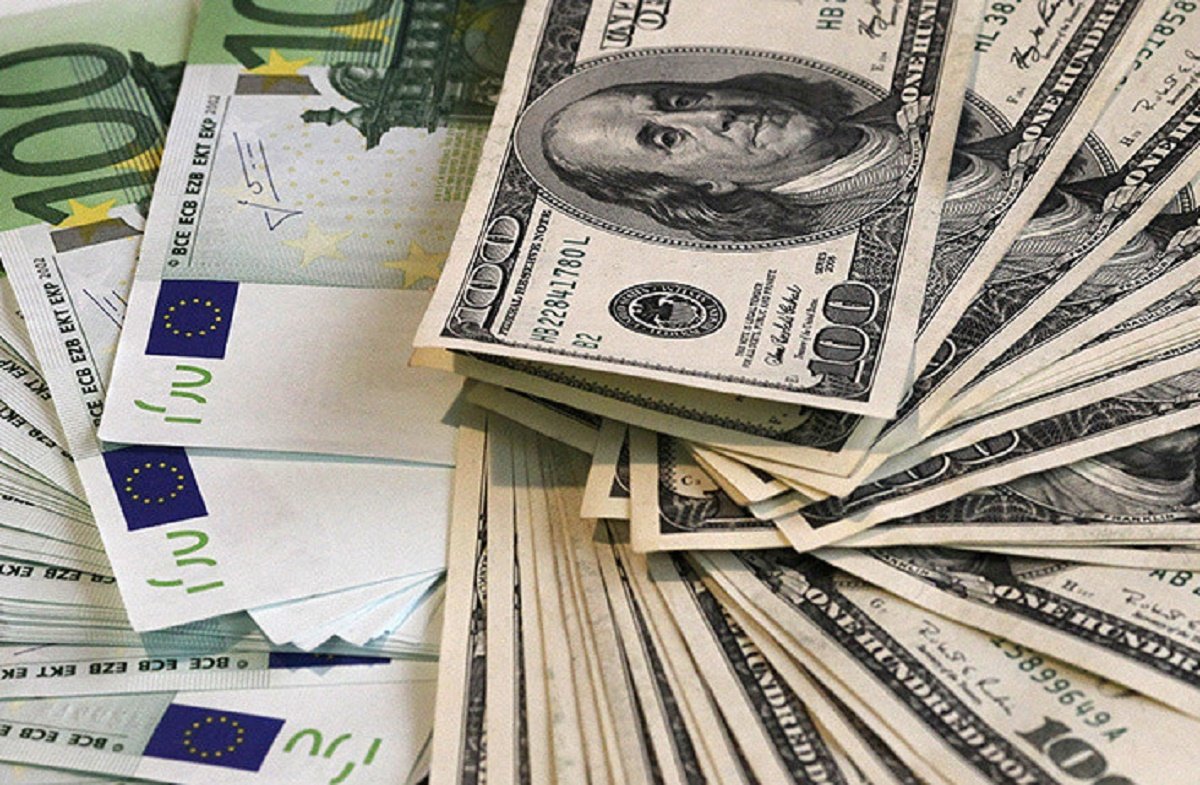The United States’ grand strategy of its ‘Pivot to Asia’ had been stalled since its articulation by the Obama administration in 2011.
The United States’ grand strategy of its ‘Pivot to Asia‘ had been stalled since its articulation by the Obama administration in 2011. Donald Trump appears to have kicked the pivot into full gear in the early months of his second term. The first six months of the Trump administration 2.0 appear to be doing their best to alienate Southeast Asian states, their elites, and their publics against their wills. America’s unidimensional foreign policy of sticks without carrots is undermining confidence among Southeast Asian elites and forcing them to choose China.
Trump, Liberation Day, and America’s Pivot to Asia
On April 2, President Trump took the world by surprise by announcing his ‘liberation day’ reciprocal tariffs on dozens of trade partners, which, in his mind, had taken advantage of a liberal and lenient trade policy. This was part of his larger ‘strategy’ to rebalance global trade flows to possibly reshore manufacturing to America while forcing states to choose between America and China in their trade partnership.
During the 90-day pause of tariff implementation from April 2 to July 8, it has become known that a major non-negotiable clause on the American side was not allowing 3rd country trade diversion. This is subtle speak for reexport of Chinese products, or largely Chinese value-based manufactured goods from importation into the American market. This stems from the practice of Chinese manufacturers and Southeast Asian states in the wake of Trump’s first-term China tariffs. When tariffs were imposed on Chinese manufacturers in 2018, they simply shifted manufacturing to Vietnam, Thailand, and Malaysia, to name a few. These ASEAN states were only too happy to take advantage of the trade diversion by offering investment incentives.
Trump, in his first six months, has clearly signaled that America is pivoting, at least economically, to Asia. The security side of its pivot is still modest, with the positioning of Typhoon missiles in the Northern Philippines along with the reopening of naval bases and increased weapons sales to Taiwan. Whether the United States can fully pivot to Asia by extracting itself from wars in Ukraine and the Middle East remains unclear. What is clear is that the United States is using pressure tactics to force ASEAN states to choose sides in America’s great power competition with China.
ASEAN States Hedging: Trying to Balance Between Security and Prosperity
The Association of Southeast Asian Nations, a ten-member bloc of countries in Southeast Asia, has become and will increasingly become the epicenter of great power competition. An important point to understand is that while the author refers to ASEAN as a single unit, this is only nominally true. ASEAN consists of ten member states operating economically as a loose internal free trade area with six free trade agreements of varying depth and breadth. ASEAN is not the European Union.
Since 2000, ASEAN as a grouping has experienced economic growth from 2% in 2000 to 5.5% in 2024, making Southeast Asia the fastest-growing economic region in the world. A critical background element to this economic growth is ASEAN states being deeply intertwined into global supply chains. ASEAN-based corporations are essential in global production lines, from basic industries such as apparel and footwear and mid-range industrial production of electronics and machine tools to high-end semiconductors and nickel refining for electric vehicles. The majority of ASEAN states have export-dependent economies or are heavily dependent on foreign markets and investment.
Over the past 25 years, the region has witnessed a tectonic shift in its trade relations, with China displacing the United States as the primary trade partner. While China is the largest overall trade partner by volume, the United States still plays a major role in being the most valuable market, with many states enjoying a favorable trade surplus. Thailand, Indonesia, and Malaysia lead as surplus countries.
Alternatively, while China is ASEAN’s largest overall trade partner, the trade relationship mirrors its trade relations with the rest of the world, China being in a massive surplus. China currently runs a trade surplus with the USA of some $280 billion. This is the setting for Trump’s tariffs, which are dedicated to rerouting trade and financial flows to the US rather than to China. It should be noted that many of the imports from China are value added and exported to the US as part of global corporate supply chains. Thus placing Southeast Asian states between a rock and a hard place.
Perceptions of Great Powers in Southeast Asia
The best regional gauge of opinion is the annual State of Southeast Asia Survey, which provides valuable insights into public perceptions. In 2024 and 2025, the top challenge perceived was climate change. However, the 2nd, 3rd, and 4th were all intertwined with the great powers. Second was unemployment and recession, followed by intensifying economic tensions between the great powers and military flashpoints such as the South China Sea. The top two primary concerns were ASEAN not being able to move fast enough and becoming irrelevant in the new world order, followed by ASEAN becoming an arena for great power proxies. Put simply, people do not want to choose between the great powers and would rather carry on with the status quo of cooperation.
China was viewed as the most influential economic power by 56%, with the US in 2nd at 15%. However, people were worried by China’s influence at 62%, opposed to 42% for the US. Favorable views of China stood at 38%, with the US at 57%. Similar views concerning political and strategic influence prevailed, with China at 38%, the most, followed by the US at 32%. People were 69% inclined to be worried by China’s influence and only 31% favorable, with a near split of 49% negative and 51% positive for the US.
China switched to being the champion of free trade for 2025, hence prosperity at 21%, with the US at 19%, a reversal of 2024 figures. Public opinion was clear, stating that ASEAN not side with either power at 25% and increase its own ASEAN-based resilience to fend off the powers at 53%. However, if forced to choose, a small margin of respondents chose to side with the US at 52% vs. 48%, a switch from the 2024 survey.
American vs. China: Immediate Policy Action Towards ASEAN States
ASEAN states are all small and medium-sized states without the capacity to go head-to-head with either of the great powers. Publics and governments do not want to choose a side in America’s new Cold War. However, given Trump’s tariffs, the American side is essentially forcing these states to choose, and fast. It is known to the author that a clause in the American offer to the Thai delegation was that Thailand would be obliged to impose tariffs on 3rd parties in alignment with American tariffs (read future US tariffs on China), to which the Thai side scoffed. It can be inferred that this was a probable clause in other negotiations where the US is essentially trying to force extraterritoriality akin to the colonial days of Lord Bowring in the 21st century. The complicated trade and security relationships in the region make ASEAN the primary point of great power competition.
China, since Trump 1.0, has shifted its trade to ASEAN, making it the primary trade partner with China. At the recent ASEAN Ministerial Meeting, an upgraded ASEAN-China FTA was announced to further strengthen this economic relationship. Given the waning power of the US and the rise, importance, and proximity of China, if America forces ASEAN states to choose between security and prosperity, they may very well choose prosperity. The failure of the American Indo-Pacific Strategy to bear fruit has regional elites wondering if America has any big plans left. Singapore’s Defense Minister Ng Eng Hen stated it best by characterizing America as a ‘landlord seeking rent.’
Conclusions
America is currently devoid of big ideas and tariffing its ‘closest and longest-standing allies’ to pay for its chronic budget deficits while attempting to reorient some manufacturing and supply chains. The dynamic of its relations in Southeast Asis is largely unidimensional, composing security-based relations. The last big economic plan was Obama’s Trans-Pacific Partnership of 2015. Increasingly, the US is leaning hard and using a heavy hand, often clumsily and with a view to humiliate, as seen in its tariff letters, which began by proudly stating, ‘It is a great honor for me to…tariff you. If you choose to tariff us, we will add this onto the existing tariff. Great power politics are back in spades, and the USA is not interacting as if among friends and allies but rather vassals and supplicants. The tone, threats, and slights to national honor and sovereignty are not going down well in the region. If China is adept and opens its markets similar to its policy with African nations, ASEAN states will likely choose China (except for the Philippines) and rapidly. Again, it must be noted this is happening largely against the will of Southeast Asian elites and publics as America still has a massive reservoir of good will. However, ham-fisted and strong arm tactics are turning those same people’s sour.
MD does not stand behind any specific agenda, narrative, or school of thought. We aim to expose all ideas, thinkers, and arguments to the light and see what remains valid and sound.
© 2023 moderndiplomacy.eu. All Rights Reserved.
The United States is Pushing Southeast Asia Towards China – Modern Diplomacy



